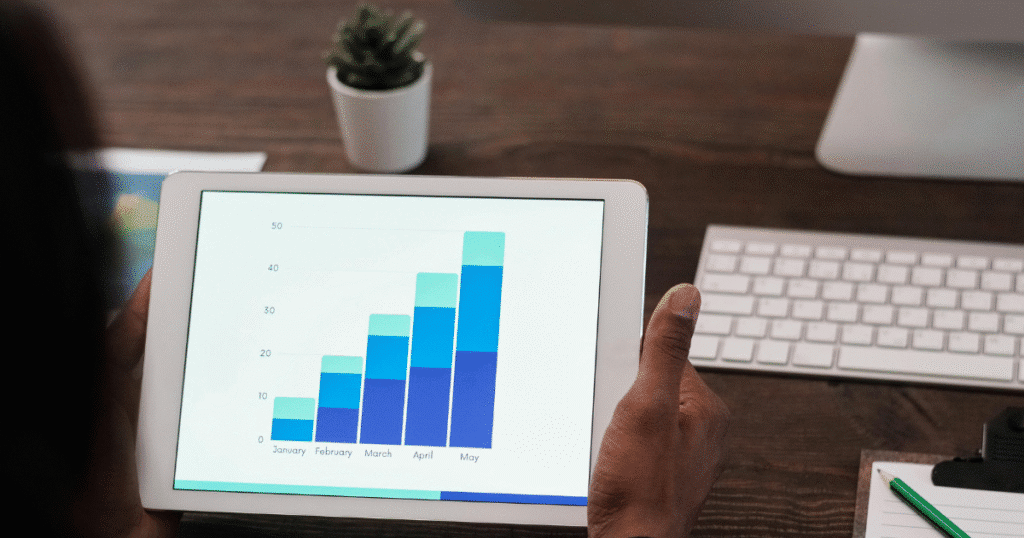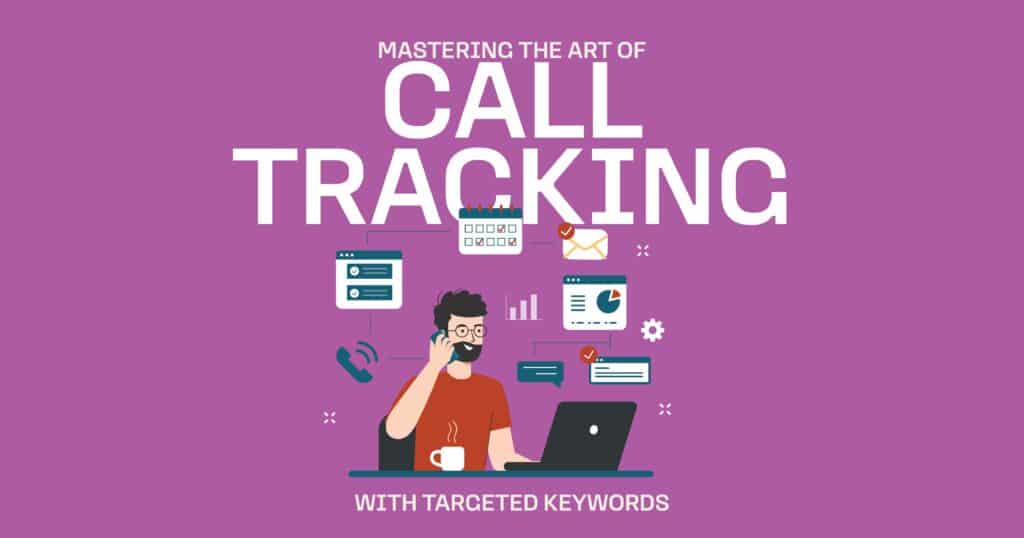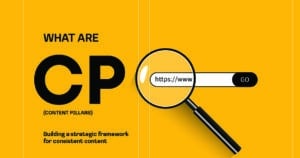In an era where digital marketing dominates, it’s easy to forget one of the most powerful conversion channels – the phone call. While clicks, impressions, and online forms are essential, phone calls remain among the most direct and impactful ways customers connect with businesses. In fact, studies show that over 60% of consumers prefer calling a company directly after finding it online, especially when making high-value purchasing decisions.
But here’s the challenge: unless you’re tracking those calls, you’re missing out on critical data about your leads, conversions, and campaign performance. Call tracking is a powerful tool that allows marketers to attribute phone calls to specific keywords, campaigns, and marketing channels. By integrating call tracking into your strategy, you gain valuable insights into customer behavior, optimize ad spend, and improve ROI – all while enhancing the customer experience.
Understanding Call Tracking
Call tracking is a powerful marketing technique that allows businesses to trace and analyze phone calls generated by their advertising efforts, helping them understand which campaigns, channels, or keywords are driving real customer engagement. By assigning unique tracking numbers to different ads, platforms, or landing pages, marketers can pinpoint the exact source of each call and measure its impact on conversions.
This data goes beyond simple call counts – it reveals valuable insights into customer behavior, call quality, lead sources, and overall campaign performance. With over 60% of consumers preferring to contact businesses by phone after online searches, call tracking has become an essential tool for connecting offline actions to digital strategies, ensuring no lead goes unmeasured and every marketing dollar is used effectively.
What Is Call Tracking Software?
Call tracking software is a tool that captures and analyzes phone call data, allowing businesses to see which marketing efforts are driving inbound calls. By assigning unique tracking numbers to different ads, campaigns, or landing pages, marketers can trace each call back to its source – whether it’s a Google Ads campaign, a social media post, or an organic search result.
Advanced call tracking solutions also go beyond simple call attribution. They record conversations, analyze call quality, and even provide AI-powered insights into customer intent and satisfaction. This data is invaluable for refining messaging, improving sales processes, and understanding which channels deliver the best return.

Why Call Tracking Is Essential for Marketers
Call tracking is no longer optional – it’s a cornerstone of modern performance marketing. Without it, you’re essentially flying blind, unable to connect your phone leads to specific campaigns or measure the true impact of your efforts.
Here’s why marketers rely on it:
- Precise attribution: Identify which campaigns and keywords are generating the most calls.
- Deeper customer insights: Analyze conversations to uncover intent, preferences, and objections.
- Better ROI tracking: Link phone conversions directly to ad spend and campaign performance.
- Enhanced lead quality: Determine which channels bring in the highest-converting calls.
A recent survey revealed that businesses using call tracking experience an average 35% increase in conversion rates, thanks to improved targeting and better understanding of lead sources.
How Call Tracking Improves Campaign Performance
Integrating call tracking into your marketing campaigns transforms how you measure success. Instead of relying solely on digital metrics like clicks or impressions, you gain a fuller picture of how leads interact with your brand. This is especially important in industries where phone calls are key in conversions – such as healthcare, real estate, legal services, and home improvement.
With call tracking, you can:
- Connect calls to keywords: See exactly which search terms drive inbound calls, and refine your SEO or PPC strategies accordingly.
- Optimize ad spend: Reallocate budget toward the campaigns and channels that generate the most calls.
- Improve messaging: Analyze call conversations to understand what resonates with prospects.
- Enhance customer journey mapping: Combine digital and offline touchpoints for a 360° view of the buyer’s path.
Key Features of Effective Call Tracking Solutions
Not all call tracking software is created equal. To maximize performance and insights, look for solutions that offer these essential features:
| Feature | Why It Matters |
| Dynamic number insertion (DNI) | Automatically swaps phone numbers on your site to track calls from specific sources or keywords. |
| Call recording & transcription | Helps you analyze conversations, train sales teams, and improve scripts. |
| Keyword-level attribution | Tracks which search terms or ad keywords are driving calls. |
| Call scoring & analytics | Evaluates call quality and lead potential for better reporting. |
| CRM integration | Links call data to your customer relationship management system for full-funnel visibility. |
| Real-time reporting | Enables quick decision-making based on live data. |
Using Competitor Analysis to Improve Call Attribution
Just like with SEO or PPC campaigns, understanding how your competitors handle call tracking can give you a significant edge. Analyzing their strategies – such as where they place tracking numbers, how they integrate call data, or what kind of messaging they use can reveal gaps in your approach.
Competitor insights can also help you:
- Identify missed keyword opportunities that drive calls in your industry.
- Benchmark call performance metrics to see how you stack up.
- Understand customer expectations based on competitor messaging and call handling.
Companies that incorporate competitor analysis into their call tracking strategies see up to 30% better attribution accuracy, allowing them to allocate budgets more effectively and capture more qualified leads.
Leveraging Call Data to Optimize Marketing Campaigns
Call tracking isn’t just about attribution – it’s about continuous optimization. By analyzing call duration, customer sentiment, conversion rates, and source data, marketers can make data-driven decisions that improve performance over time.
Some practical ways to use call data include:
- Adjusting ad copy based on frequent caller questions or concerns.
- Refining landing pages to better match user intent and improve conversions.
- Prioritizing high-performing channels with the most qualified leads.
- Aligning sales and marketing by sharing call insights across teams.
The more granular your data, the more targeted your strategy becomes – turning every call into an opportunity to learn, improve, and convert.
Learn Future Trends in Call Tracking Technology With BloomHouse Marketing
As technology continues to evolve, so does the power of call tracking. Artificial intelligence, predictive analytics, and deeper CRM integrations are shaping the next generation of call tracking software, making it smarter and more intuitive than ever before.
At BloomHouse Marketing, we stay ahead of these trends, ensuring that our clients benefit from cutting-edge call tracking solutions that maximize ROI and deepen customer engagement.
Contact BloomHouse Marketing today to explore how call tracking can transform your marketing strategy.

FAQs
What are the key features to look for in effective call tracking software for call analytics and call attribution?
Look for dynamic number insertion, keyword-level attribution, call recording, CRM integration, and real-time analytics. These features provide deeper insights and more accurate attribution.
How can marketers use call recording and call monitoring to optimize call performance and improve call metrics?
By analyzing recorded conversations, marketers can identify customer pain points, improve messaging, train sales teams, and adjust campaigns for higher conversion rates.
What role does call tracking software play in enhancing marketing strategies with accurate phone call tracking and call metrics?
It connects calls to specific keywords and campaigns, helping marketers refine targeting, optimize budgets, and measure ROI more effectively.
How does competitor analysis in call tracking help businesses improve their call attribution and call performance?
It reveals gaps in strategy, highlights keyword opportunities, and provides benchmarks for performance, helping businesses improve their attribution models and campaign outcomes.
What future trends in call tracking technology should marketers consider to maximize call tracking software capabilities for better call analytics?
AI-driven analytics, voice sentiment tracking, predictive routing, and omnichannel attribution are emerging trends that will enhance insights and improve campaign performance.









